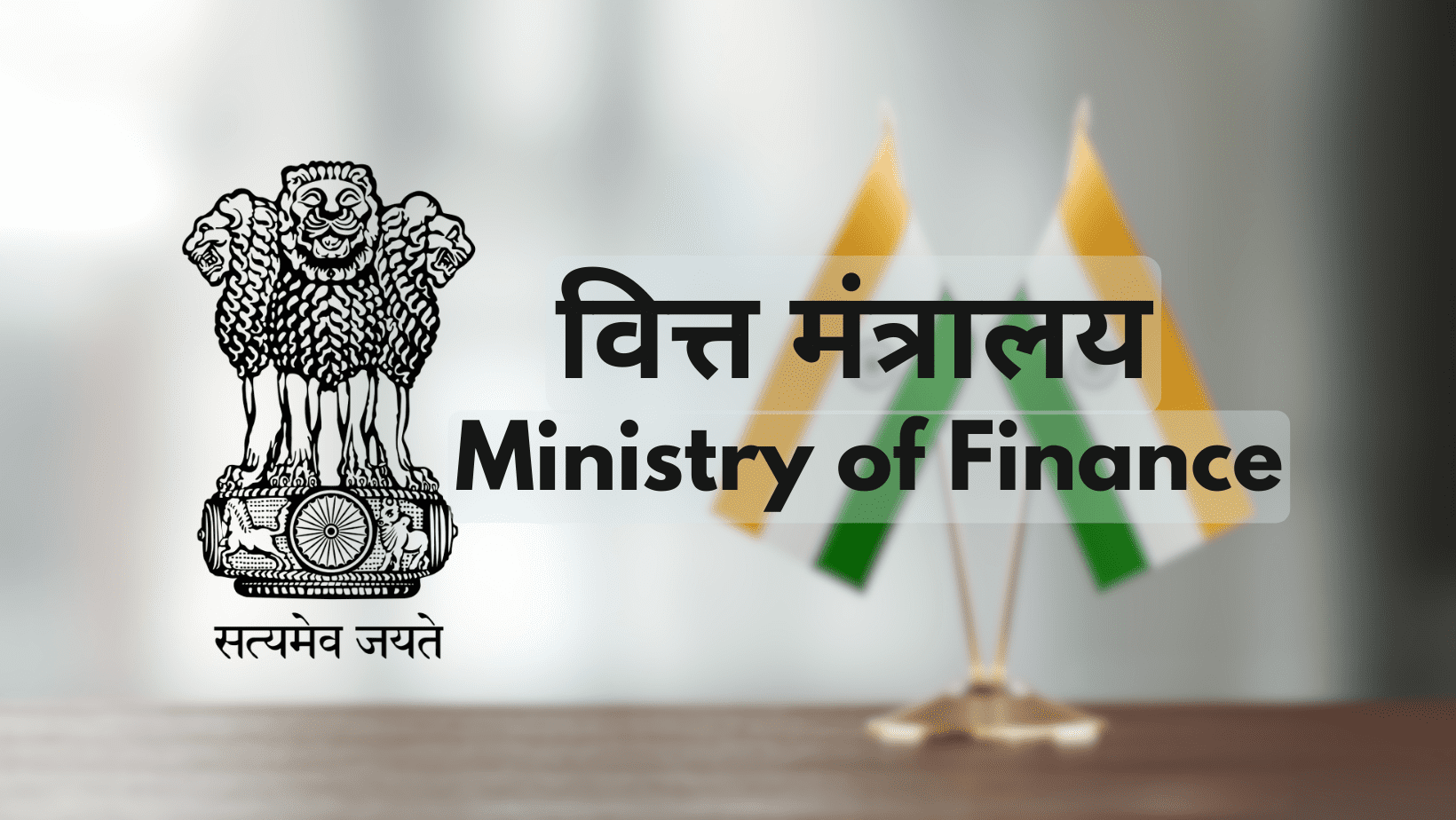Reform Push Cushions the Economy
India’s Finance Ministry has underlined that the government’s reform agenda, particularly the recent rationalisation of goods and services tax rates, will provide a crucial cushion against trade disruptions and tariff shocks. The ministry’s monthly economic review for August described India’s economic outlook as broadly optimistic, with growth anchored in reforms, macroeconomic discipline, and adaptive economic diplomacy.

With GDP growth in the first quarter of FY26 beating expectations and GST changes expected to boost activity in the coming quarters, analysts have raised growth forecasts. The median projection for FY26 has moved up to 6.6 percent, compared with 6.5 percent last month and 6.4 percent earlier in the year. The ministry said that reforms in GST, corporate tax, and personal income tax, combined with lower interest rates and income tax rebates, have created favorable conditions for sustained expansion.
Tariff Suspense and Global Risks
Even as the reforms bring cheer, the ministry cautioned that uncertainties around tariffs pose real risks to India’s economy. It pointed to the United States’ recent move to impose a one-time $100,000 levy on new H1B visa seekers as a reminder that even India’s services sector, which had remained largely unaffected by trade tensions, could be hit.

The review warned that persistent tariff suspense could impact India’s export sectors and create spillover effects on domestic jobs, income, and consumption. The impact on future remittances and service trade surpluses also requires close monitoring if such restrictions continue.
The ministry highlighted that the global environment remains volatile, with shifting policies in the US and rising protectionism in Europe adding to the uncertainty. While these risks appear manageable for now, ongoing vigilance will be critical, it noted.

Strong FDI and Reform Momentum
One of the bright spots has been foreign investment. Inward FDI rose 10.5 percent in the first quarter of FY26 to $25.2 billion. If this trend continues, annual FDI inflows could touch $100 billion, marking one of the strongest performances in recent years. The review noted that equity inflows have improved while repatriations remain stable, suggesting strong investor confidence in India’s reform-led growth.
At the same time, the ministry emphasised that regulatory reforms, infrastructure development, and faster decision-making at the Union and state levels will be critical to sustain the momentum. It urged states to pursue deregulation and leverage cooperative federalism to keep India’s growth trajectory upward.

Balancing Growth with Vigilance
The Finance Ministry’s review concluded that while India’s reform drive has created a solid foundation for growth, the external environment cannot be ignored. Tariff risks, global market volatility, and geopolitical polarisation remain potential disruptors. The government must remain committed to fiscal discipline and national self-sufficiency in critical resources to ensure long-term stability.
For consumers and businesses, GST reforms are expected not only to boost demand but also to bring down inflation, at least temporarily. This, coupled with rising investment, could push India closer to its ambitious growth targets, provided global shocks are managed carefully.
Follow YouFinance on Instagram and Facebook for more insights on India’s economy, reforms, and global trade developments.















